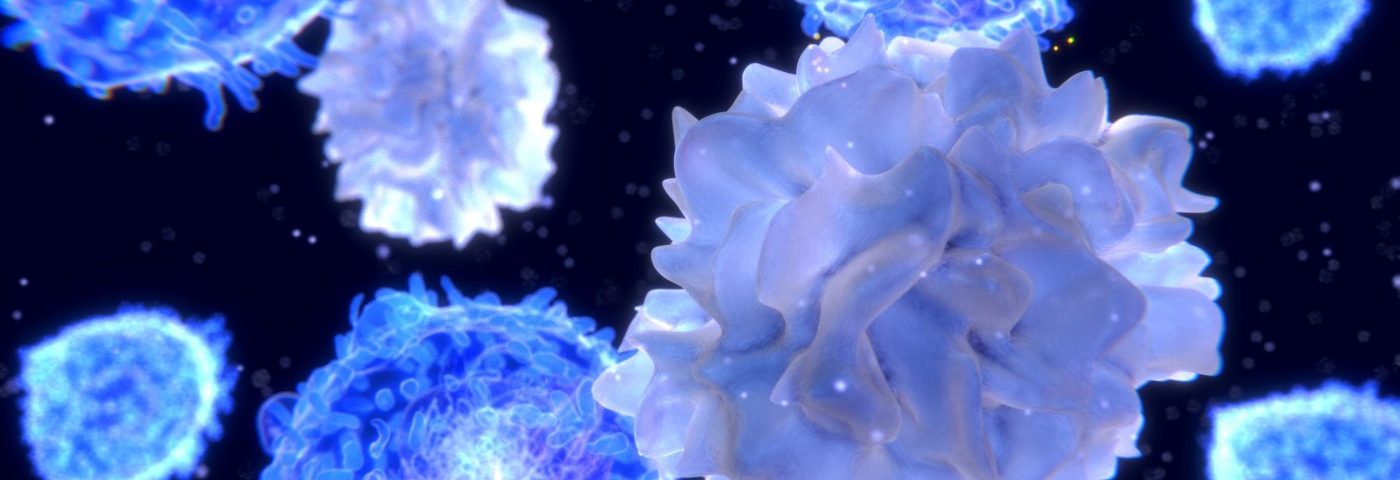Rheumatoid arthritis patients who benefit from Rituxan (rituximab) have a distinctive drop in T-cells after treatment — a change that corresponds to an improvement in symptoms. The findings show that counts of the immune cells may be used to assess disease activity, helping physicians plan an accurate treatment schedule.
The study, “Repeated decrease of CD4+ T-cell counts in patients with rheumatoid arthritis over multiple cycles of rituximab treatment,” was published in the journal Arthritis Research & Therapy.
Although Rituxan works by removing immune B-cells from the circulation and bone marrow of rheumatoid arthritis patients, the immune cell decrease does not correlate to the improvement in symptoms. So far, researchers have also not identified a marker of response.
In earlier studies, researchers at the François-Rabelais de Tours University in France discovered that treatment with Rituxan also lowered T-cells with the surface marker CD4. But the cells, also known as T-helper cells, did not become equally low in patients who did not respond to Rituxan treatment.
This prompted the research team to further investigate the impact of the treatment on T-cells. Recruiting 54 rheumatoid arthritis patients, the team measured both B- and T-cells, along with symptoms at three time points during each treatment round.
Each round consisted of two Rituxan infusions two weeks apart, and the team counted cells before the first and second infusions, as well three or six months after the treatment.
Before the first treatment, findings showed that the number of B-cells was within a normal range. Rituxan immediately depleted the patients’ B-cells, which remained low throughout the study. Symptoms started improving just before the second infusion in most patients.
T-cells, on the other hand, were found in higher numbers than normal before the start of treatment. They were also higher in women than in men; in patients who tested positive for rheumatoid factor; in those without imaging evidence of joint erosion; and in patients who responded to the first cycle of Rituxan therapy.
At three or six months after treatment, T-cells were significantly lower, but increased in numbers to nearly normal counts before the next treatment round. The decrease could not be linked to gender, the presence of rheumatoid factor or ACPA antibodies, joint erosion, or medication with corticosteroids or methotrexate.
Focusing on 10 patients who continued with a second treatment round despite having no response during the first cycle, researchers observed an improvement in symptoms in eight of the 10 patients after the second round. An analysis showed that T-cells had not been reduced during the first round, but only during the second round in this group.
Researchers acknowledge that the data needs to be verified in additional studies before T-cell counts can be used to predict treatment response or plan treatment.


